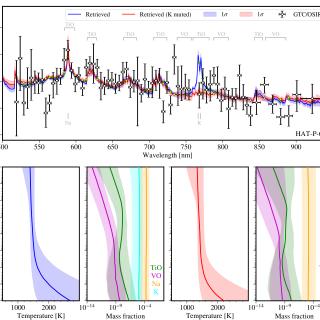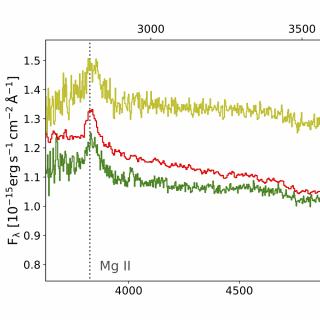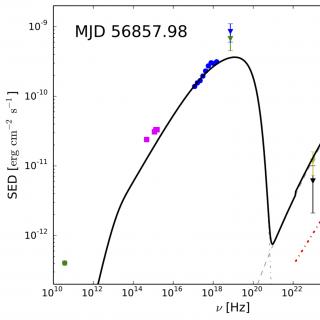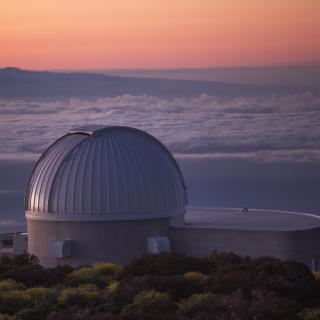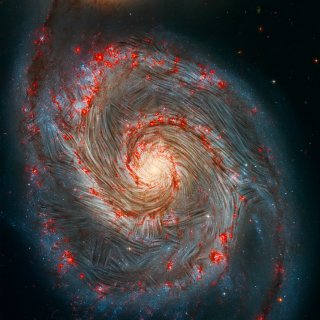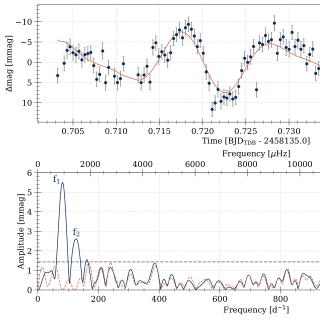
Up to 98% of all single stars will eventually become white dwarfs - stars that link the history and future evolution of the Galaxy, and whose previous evolution is engraved in their interiors. Those interiors can be studied using asteroseismology, utilizing stellar pulsations as seismic waves. The pulsational instability strips of DA and DB white dwarf stars are pure, allowing for the important generalization that their interior structure represents that of all DA and DB white dwarfs. This is not the case for the hottest pulsating white dwarfs, the GW Vir stars: only about 50% of white
Advertised on
